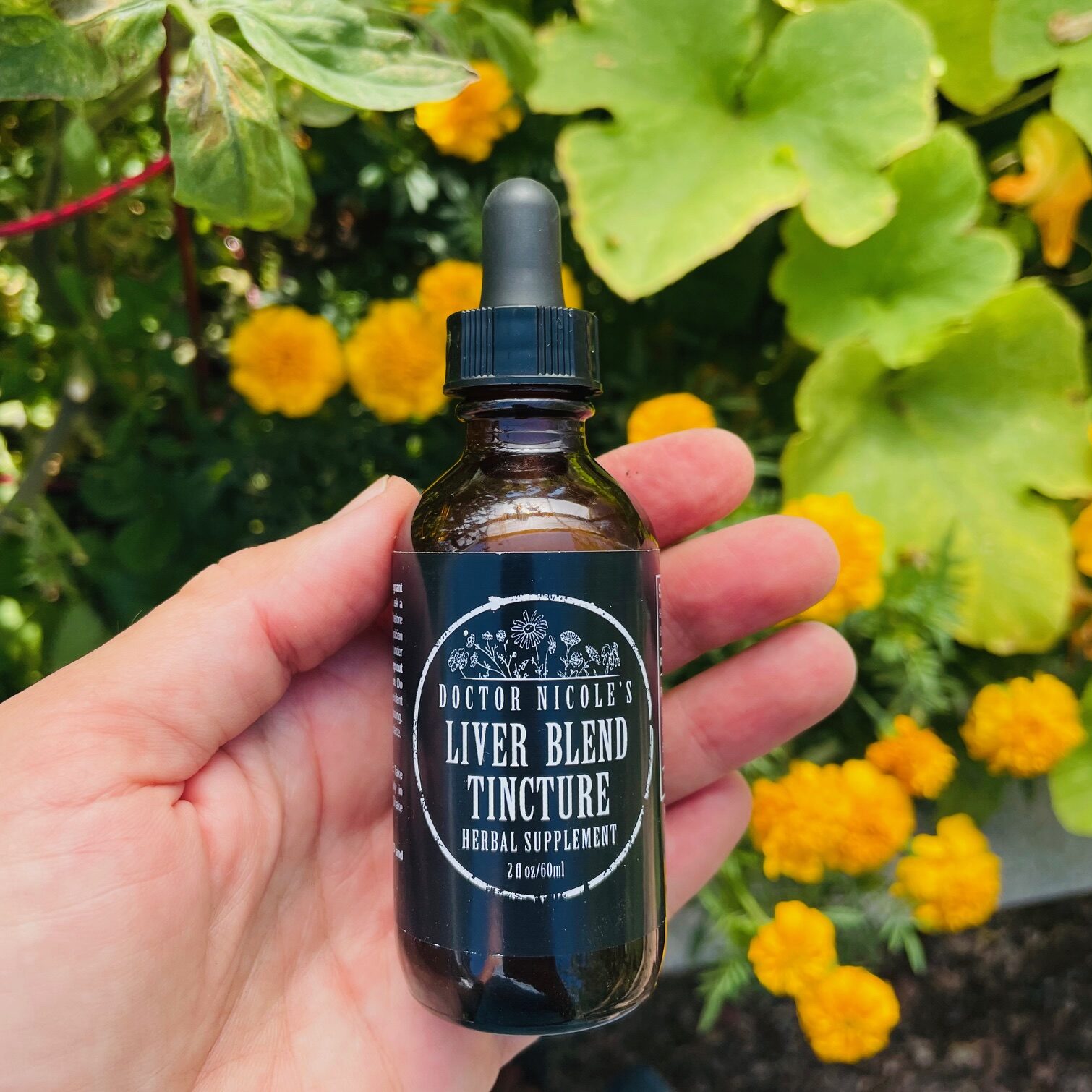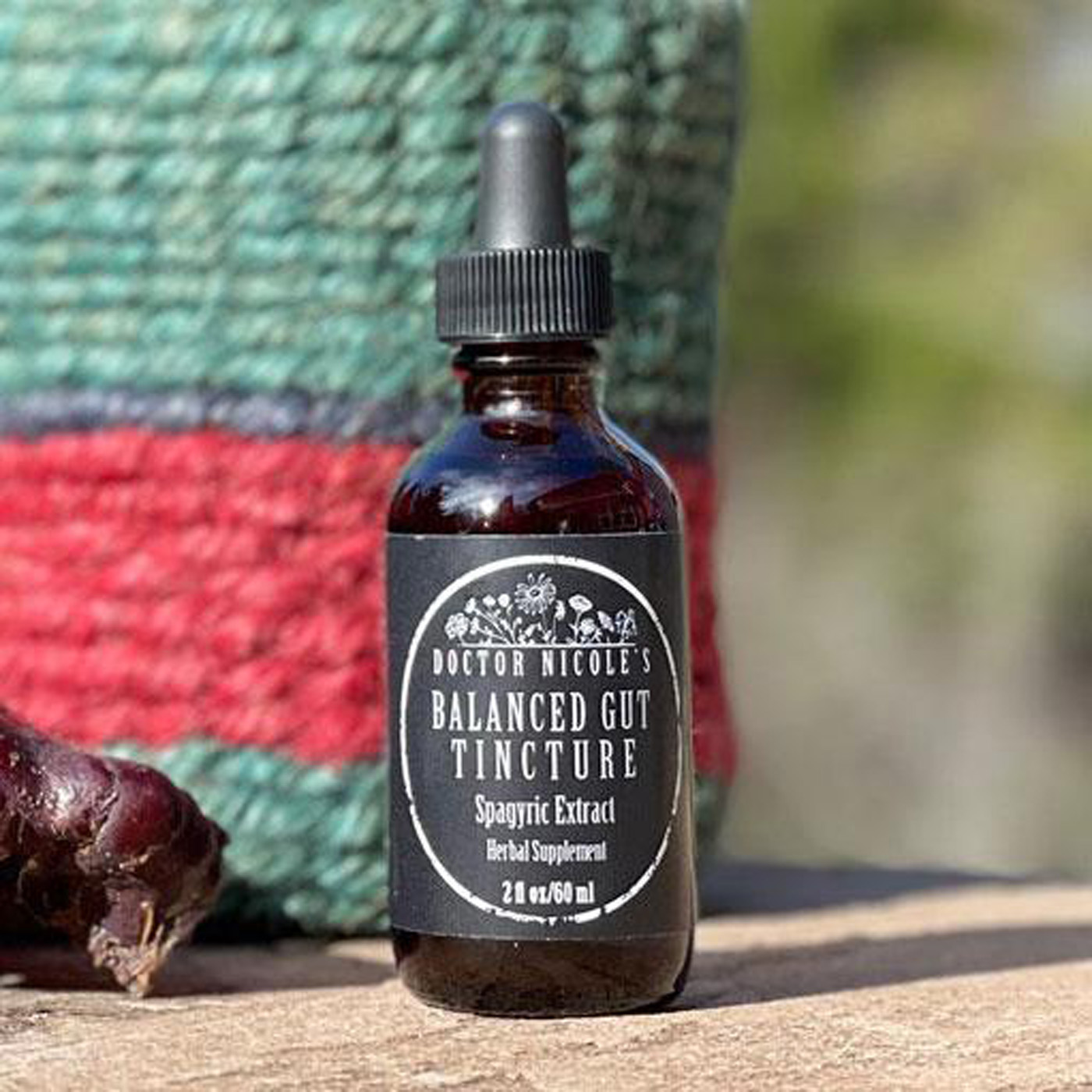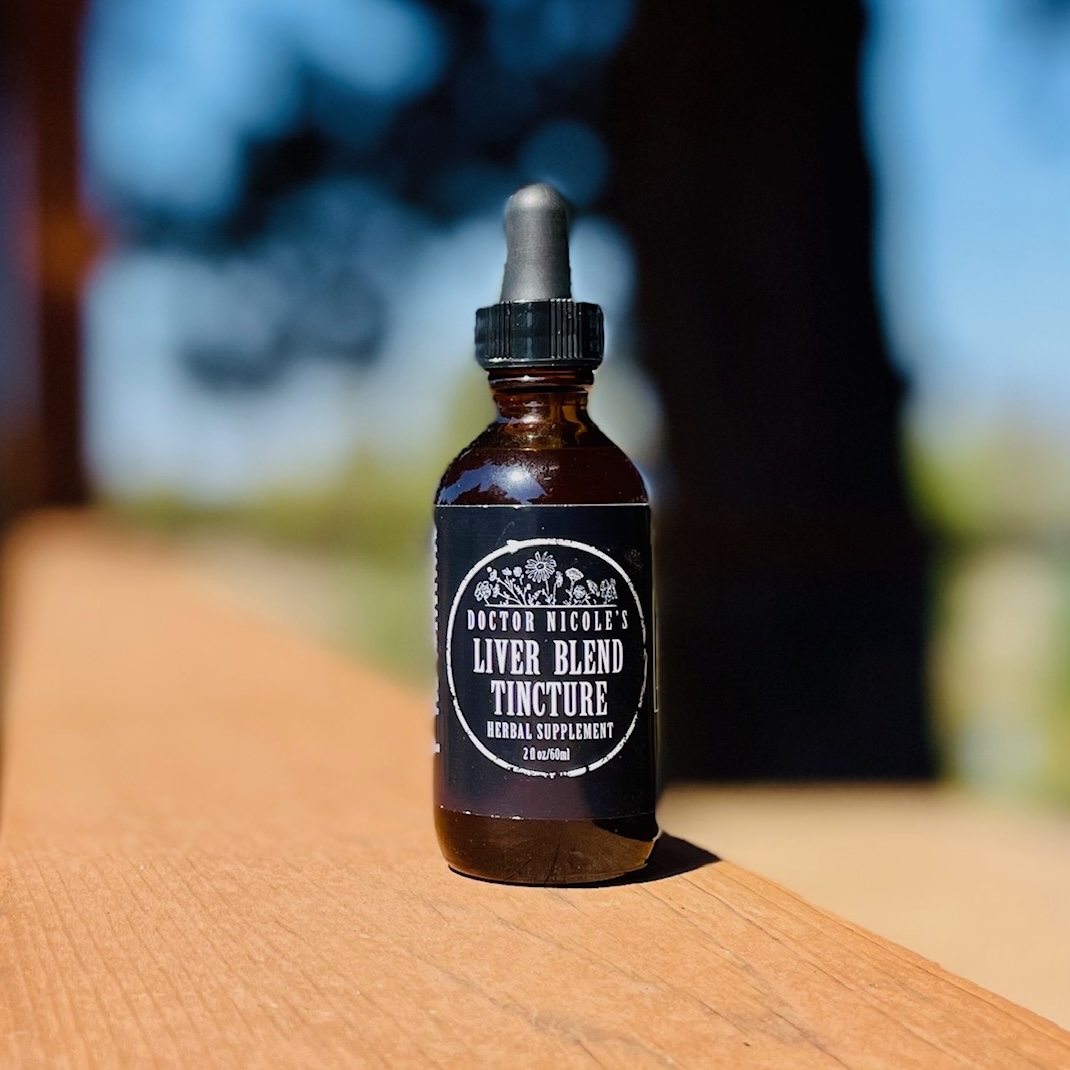Tiny With Far-Reaching Impacts
Microplastics are a prevalent modern issue that has both researchers and the public concerned about health and environmental consequences. These tiny particles are found in the air, water, and soil — as well as in our drinking water, food supply, and personal care products. This is particularly alarming as research has shown ingestion of microplastics negatively influences the composition and diversity of your gut microbiome. This is concerning as dysbiosis of gut bacteria can lead to a host of health impacts — including autoimmunity. Studies have also linked these particles with a range of other health conditions, such as cardiovascular disease, inflammation, cancer, and more. While these findings are sobering, researchers have discovered simple, time-tested methods for protecting you and your family from these environmental toxins, which we will explore later in this post.
A Pervasive Health Threat
Increasingly prevalent in our waterways, ocean, soil, and air, microplastics are insoluble particles under 5 millimeters (mm) in length that are a byproduct of industrialization and the wide use of plastics over the past 70 years that originate from water bottles, containers, and single-use bags to microbeads in personal care products and synthetic clothing. Microplastics enter the environment as larger products break down, when microbeads in personal care products drain into our municipal water systems, and via the shedding of synthetic fibers during clothes washing.1
Once released into the environment, these tiny particles make their way into the water we drink, the food we eat, and the air we breathe. Microplastics have been found in saliva, blood, and placenta samples, and they are associated with a range of health consequences — including cancer and intestinal, pulmonary, cardiovascular, infectious, and inflammatory diseases that scientists believe are “induced or mediated by microplastics”.1
Researchers point out that nanoplastics are also of increasing concern as “[t]heir small size allows them to easily penetrate living cells and reach remote locations, exacerbating their potential harm.”2
A 2020 study established a direct correlation between microplastic intake and chronic inflammation, leading to deoxyribonucleic acid damage.3 Moreover, multiple studies “provide direct evidence of plastic consumption in humans that may lead to the development of various cancers”.1
Microplastics have also been associated with immunotoxicity and other adverse effects, including “immunosuppression (decreased host resistance to infectious agents and tumours), immune activation (increased risk of developing allergic and autoimmune diseases), and abnormal inflammatory responses (chronic inflammation, tissue or organ damage and dysfunction)”.1
Moreover, plastic particles increase gut permeability, alter the gut microbiome composition, and change intestinal metabolism.5 Researchers believe this in turn leads to gut inflammation and a significant impact on the immune system.6,7
Considering that the average person ingests around 39,000 to 52,000 particles per year, these findings are concerning.4 However, a recent study may offer a ray of hope in reducing microplastic exposure by the simple process of boiling water.

Lowering Your Exposure
Published in the journal Environmental Scientific & Technology Letters, researchers have found that boiling and filtering water — the same process used for making tea and coffee — could reduce up to 90% of free-floating nano- and microplastics (MNPs).8 With one caveat: for significant levels of microplastics to be removed, hard water is essential as the presence of calcium carbonate is crucial for the process. Soft water samples with less than 60 mg of calcium carbonate per liter only demonstrated a 25% reduction in MNPs via boiling.
The reason for this is that calcium carbonate forms crystalline structures when boiled that trap the MNPs where they can then be removed with a coffee filter. If you’ve ever noticed the white sediment that forms at the bottom of your tea kettle, this is the crystallization of calcium carbonate at work.
Beyond lowering your exposure by boiling and filtering hard water, there are additional steps you can take to counteract the health impacts of microplastics. First and foremost is consuming a quality, organic diet that is rich in fiber to feed the “good bacteria” in your gut and counteract the systemic damage caused by MNPs. Excellent options include:
- Onions
- Asparagus
- Bananas
- Buckwheat
- Flaxseed
- Walnuts
- Oats
- Polyphenol-rich foods (green tea, berries, dark chocolate, leafy greens)
- Fermented foods (unsweetened and unpasteurized yogurt, pickles, sauerkraut, kimchi)
See this post for more ideas and inspiration about how to “fertilize your gut” with beneficial bacteria and prebiotics. Our Balanced Gut Blend is also an outstanding choice as it not only encourages a robust, healthy microbiome but also addresses inflammation and leaky gut.
Love Your Liver
Supporting your detoxifying organs is essential as well. For this purpose, I turn to our Liver Blend. It features dandelion and milk thistle seed — two time-tested herbs known for their ability to cleanse, protect, and revitalize the liver.
Dandelion root not only helps lower liver inflammation and lipid accumulation, but also flushes toxins and promotes gut health because of its inulin content. What’s more, it enhances the detoxification of your liver, gallbladder, and kidneys to assist in the removal of chemicals and environmental toxins — including those found in microplastics.
Milk thistle seed is rich in silymarin, a compound that aids in liver regeneration and protection. It detoxifies your body by clearing environmental toxins, chemotherapy drugs, and other harmful compounds, while also offering antioxidant, lipid-lowering, and anti-inflammatory benefits. Together, these botanicals address conditions such as cirrhosis, fatty liver disease, and hepatitis to help improve liver function.
Whether you’re looking to reset after a season of indulgence, support long-term liver health, or boost overall vitality, this blend is an outstanding option for gentle, effective detoxification. Give your liver the care it deserves by visiting my apothecary today!
Nicole Apelian
Nicole’s Apothecary Products in this Post
References
- Osman AI, Hosny M, Eltaweil AS, Omar S, Elgarahy AM, Farghali M, Yap PS, Wu YS, Nagandran S, Batumalaie K, Gopinath SCB, John OD, Sekar M, Saikia T, Karunanithi P, Hatta MHM, Akinyede KA. Microplastic sources, formation, toxicity and remediation: a review. Environ Chem Lett. 2023 Apr 4:1-41. doi: 10.1007/s10311-023-01593-3. Epub ahead of print. PMID: 37362012; PMCID: PMC10072287.
- Sharma VK, et al. Nanoplastics are potentially more dangerous than microplastics. Environ Chem Lett. 2022;2022:1–4. doi: 10.1007/s10311-022-01539-1.
- Prata JC, et al. Environmental exposure to microplastics: an overview on possible human health effects. Sci Total Environ. 2020;702:134455. doi: 10.1016/j.scitotenv.2019.134455.
- Cox KD, et al. Human consumption of microplastics. Environ Sci Technol. 2019;53:7068–7074. doi: 10.1021/acs.est.9b01517.
- Salim SY, et al. Air pollution effects on the gut microbiota: a link between exposure and inflammatory disease. Gut Microbes. 2014;5:215–219. doi: 10.4161/gmic.27251.
- Hirt N, Body-Malapel M. Immunotoxicity and intestinal effects of nano- and microplastics: a review of the literature. Part Fibre Toxicol. 2020;17:57. doi: 10.1186/s12989-020-00387-7
- Tamargo, A., Molinero, N., Reinosa, J.J. et al. PET microplastics affect human gut microbiota communities during simulated gastrointestinal digestion, first evidence of plausible polymer biodegradation during human digestion. Sci Rep 12, 528 (2022). https://doi.org/10.1038/s41598-021-04489-w
- Environ. Sci. Technol. Lett. 2024, 11, 3, 273–279. https://doi.org/10.1021/acs.estlett.4c00081







